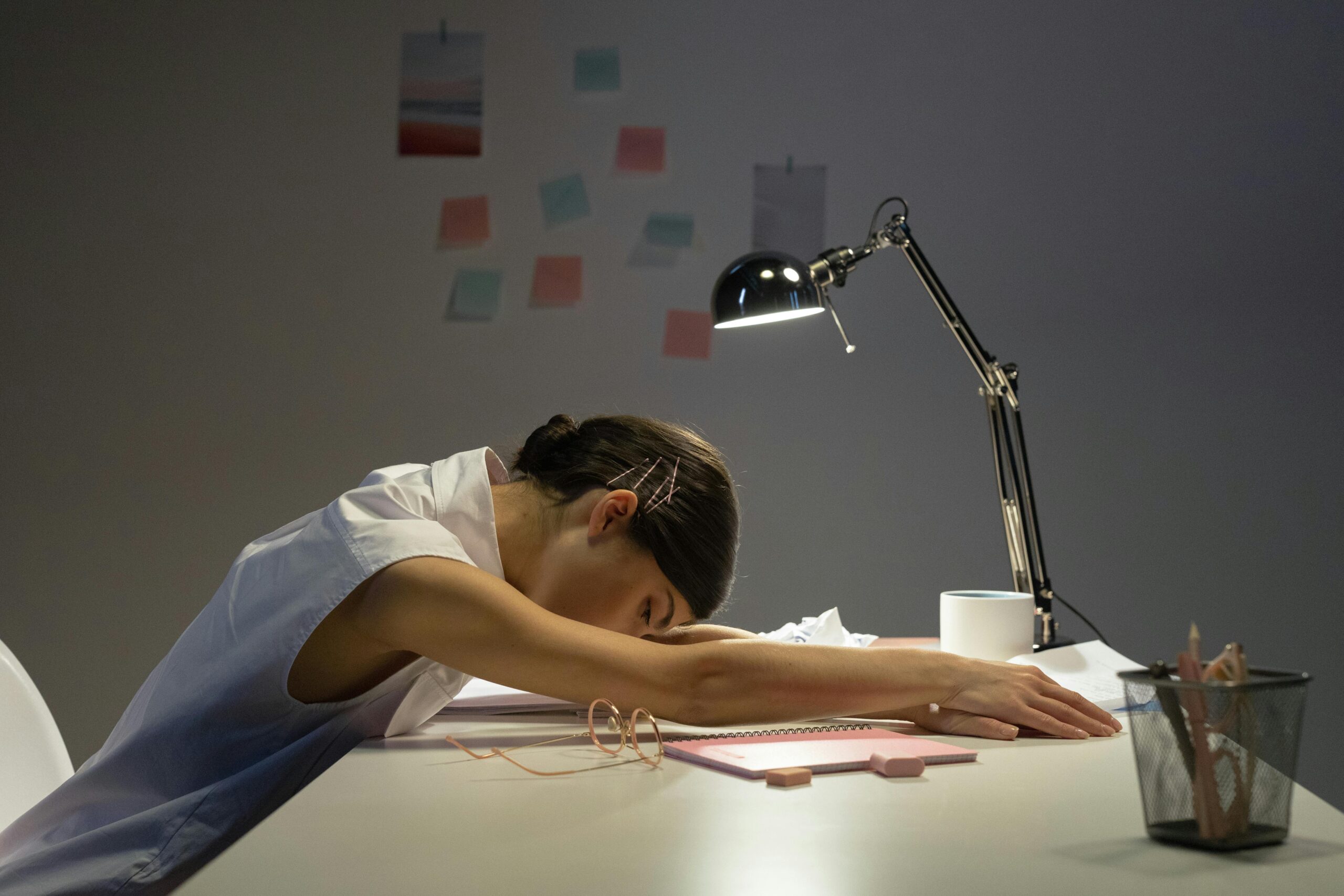The Impact of Office Lighting on Productivity and Stress Levels
Have you ever walked into an office that felt like a cave? Dim, flickering lights overhead, the kind that make you question your life choices? If so, you know that lighting can drastically affect not just your mood but also your ability to get things done. Let’s shed some light on how office lighting influences productivity and stress levels, and why it’s time to brighten up those workspaces.
The Science Behind Lighting and Mood
Did you know that light affects our circadian rhythms? That’s right! Our bodies are like finely tuned machines that rely on natural light cues to regulate sleep, alertness, and overall well-being. When the lighting in your office doesn’t match the natural rhythms dictated by the sun, things can go awry. You might feel drowsy, distracted, or even a bit cranky—like you just woke up from a long nap while someone was blaring a trumpet in your ear.
Studies have shown that exposure to natural light can enhance mood and increase productivity. A workspace bathed in natural light can boost serotonin levels, that delightful chemical responsible for feelings of happiness. In contrast, insufficient lighting can lead to eye strain and fatigue, making your workload feel heavier than it actually is. Not exactly the motivation you need to tackle that endless to-do list!
Types of Office Lighting
Understanding the different types of lighting is key to creating an environment that fosters productivity and minimizes stress. Here’s a quick breakdown:
- Ambient Lighting: This is the main source of light in an office. Think of it as the cozy blanket that envelops the entire space. Overhead fluorescents are common, but they often emit harsh light that can be draining. Instead, consider softer LED options that mimic daylight.
- Task Lighting: This type of lighting focuses on specific areas where tasks are performed, like desk lamps. Adjusting task lighting can help reduce glare on screens and provide just the right amount of illumination for reading or writing.
- Accent Lighting: While not essential for productivity, accent lighting can enhance the aesthetics of your office. Think of it as the cherry on top of your workspace sundae. It can create a more inviting atmosphere, which in turn can boost morale.
How Lighting Affects Productivity
Picture this: you’re sitting at your desk, staring at a computer screen that seems to be flickering like a 90s horror movie. Your eyes are straining, and your brain feels like mush. Not exactly the ideal scenario for productivity, right? Studies indicate that well-lit spaces lead to increased work efficiency. When employees are comfortable, they’re less likely to take frequent breaks or lose focus.
Moreover, the right lighting can encourage creativity. A well-lit environment stimulates the mind, making it easier to brainstorm and innovate. If you want to keep that creative spark alive, consider incorporating adjustable lighting options that mimic the changing light throughout the day. This can help maintain energy levels and keep ideas flowing.
The Stress Connection
Let’s talk about stress. It’s that unwelcome guest at the office party that just won’t leave. Poor lighting can contribute to this feeling, making it harder to concentrate and increasing anxiety levels. A study by the International Journal of Environmental Research and Public Health found that employees working in poorly lit environments reported higher stress levels compared to those in spaces with ample daylight. Who needs that kind of negativity?
Additionally, harsh lighting can lead to physical symptoms, such as headaches and eye strain, which only adds fuel to the stress fire. By optimizing the lighting in your office, you can create a more harmonious environment that keeps stress at bay. Imagine a workspace where the only thing buzzing is the sound of productivity, not the flickering of fluorescent lights!
Practical Tips for Better Office Lighting
Ready to transform your office into a productivity powerhouse? Here are some practical tips to enhance your lighting:
- Maximize Natural Light: Position desks near windows whenever possible. If you’re stuck in a windowless office, consider using mirrors to reflect light and brighten up the space.
- Choose the Right Bulbs: Opt for LED bulbs that mimic natural daylight. They’re energy-efficient and can help reduce eye strain.
- Incorporate Dimmable Lighting: Allow employees to adjust the brightness based on their tasks. Some may need bright light for detailed work, while others may prefer a softer glow.
- Add Plants: While not a direct lighting strategy, incorporating plants can enhance overall mood and create a more inviting workspace.
In the end, the impact of office lighting on productivity and stress levels cannot be underestimated. A well-lit office is not just about avoiding the cave-like atmosphere; it’s about creating an environment that fosters creativity, reduces stress, and ultimately leads to happier, more productive employees. So, let’s turn those lights up and watch the magic happen!
